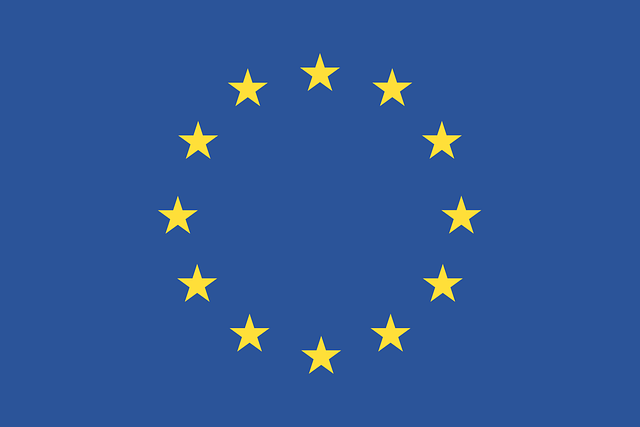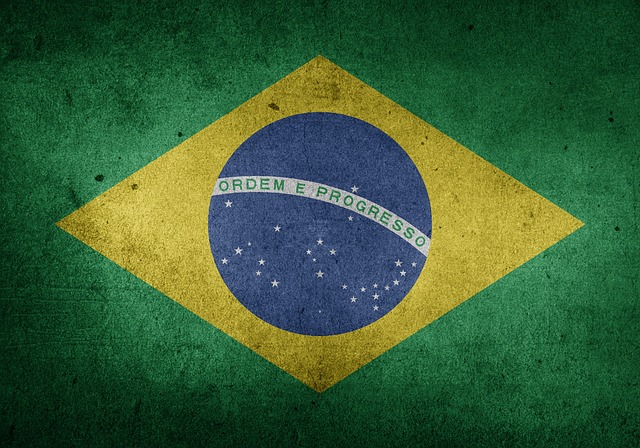Each flag is a symbolic representation of the values and foundations on which a nation stands. Some are historical, religious, philosophical, and sometimes bizarre. The Czech flag, for example, has undergone a rather complex evolution from a medieval red flag with a lion to a red and white version to the current flag, which was first flown in 1920.
The Union Jack, the flag of the United Kingdom, was created in 1603 when King James VI of Scotland came into use when he ascended the throne of England. The red cross in the center commemorates St. George, the patron saint of England; the wide white crosses on either side of the cross, the diagonal white cross symbolizes St. Andrew, the patron saint of Scotland, and the diagonal red cross symbolizes Ireland and St. Patrick. The Union Jack symbolizes above all the historical ties between the countries of the British royal family.
The Brazilian flag is primarily a reminder of the country\’s natural wealth and beauty, with green fields symbolizing the tropical rainforests and fertile soil, yellow mineral wealth the color of gold, blue the color of the sky, and stars the states of the Brazilian federation.
The miniature Liberty Land state flag is truly unusual. This state was founded in 1968 on an island in the Pacific Ocean by American adventurer Jack Lokey. The island originally belonged to the United States and was uninhabited until Jack and his family moved there. Liberty Land existed until 1995, when Jack died and his country ceased to exist. The flag is blue with a red star in the center surrounded by 14 smaller gold stars in a circle. The blue symbolizes the ocean, the eagle symbolizes the American nation trying to reach a new land, and the stars symbolize Jack and his family.